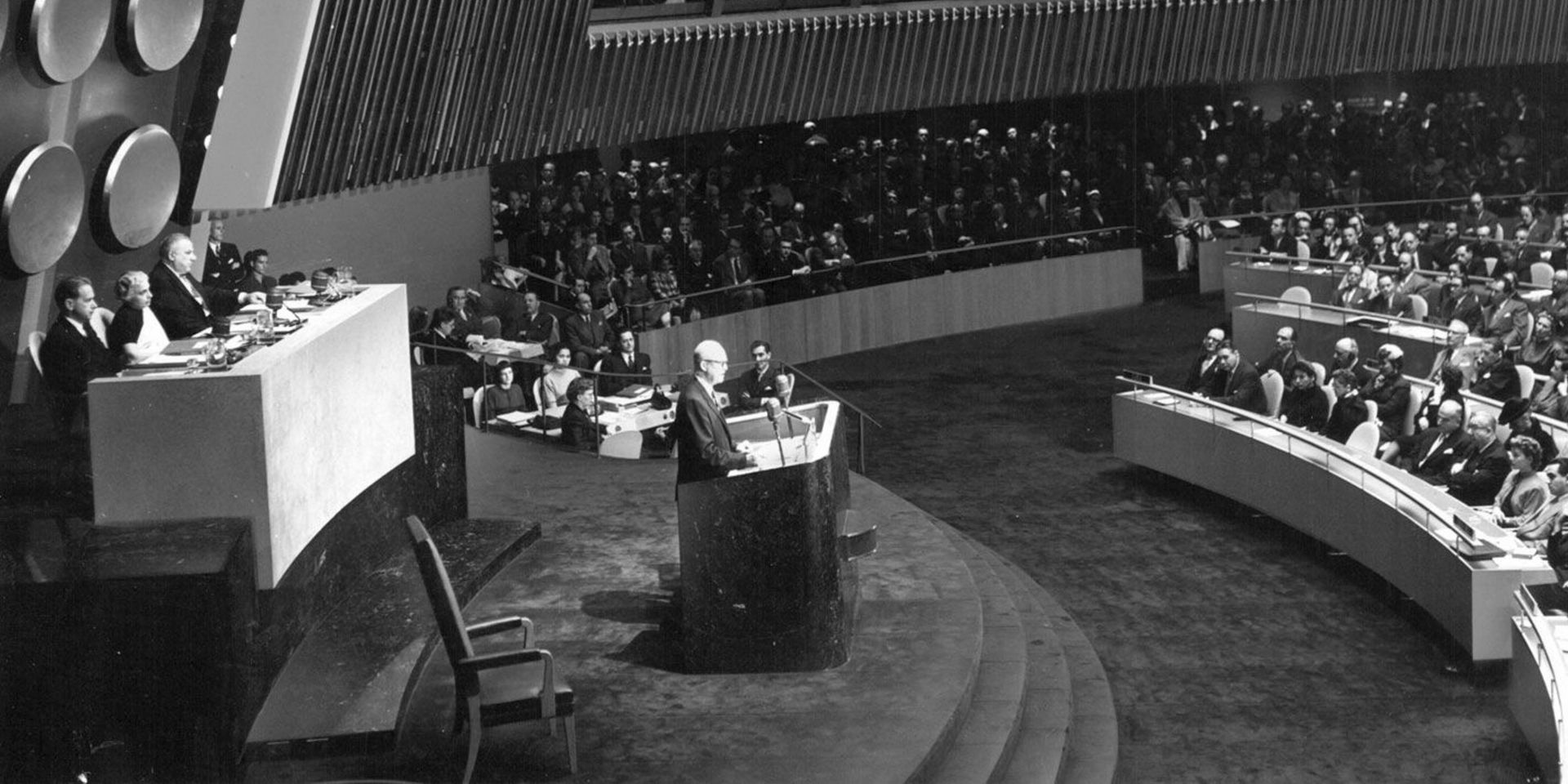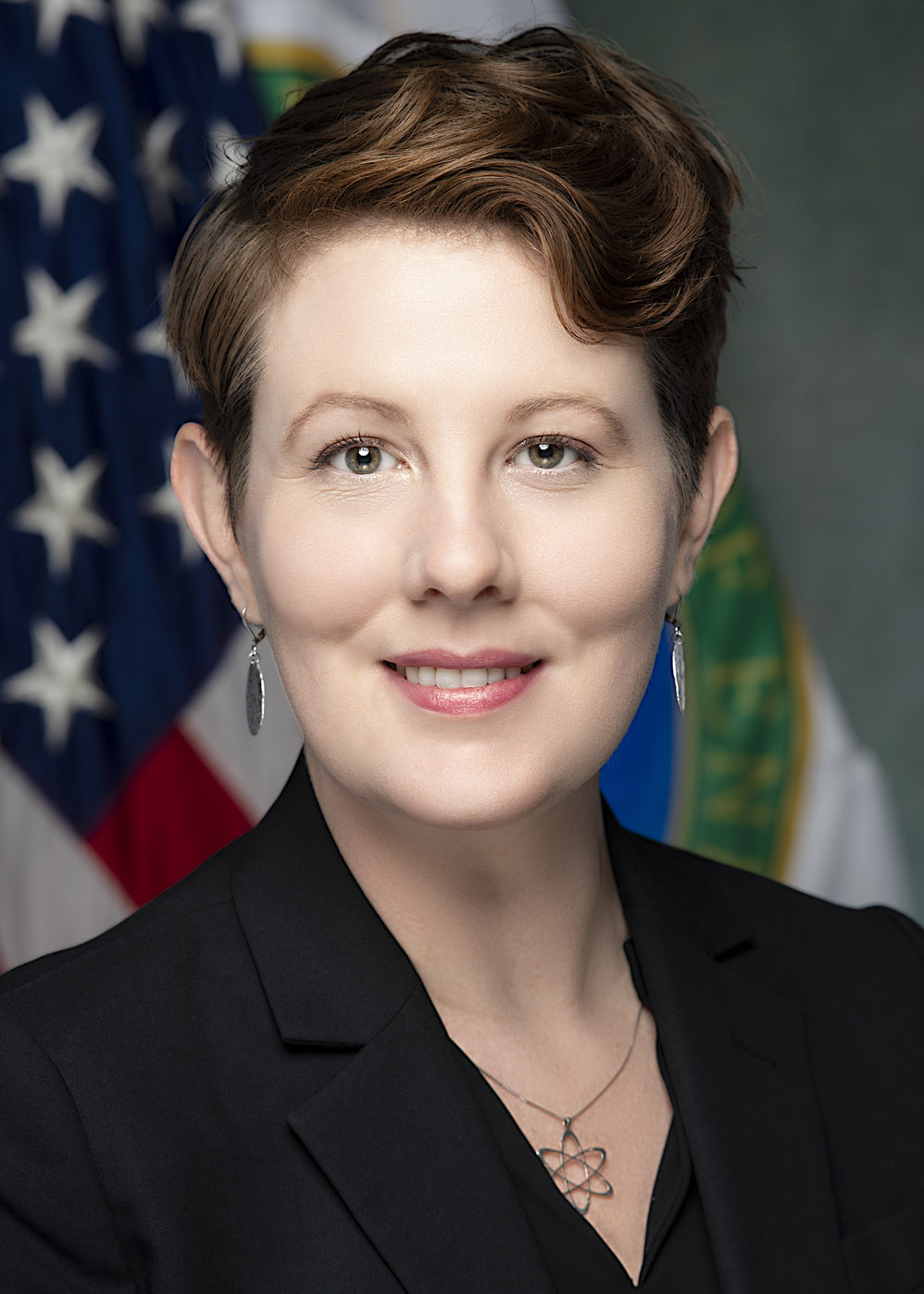Can we please stop this nonsense about what’s the best source of energy?

James Conca
Nuclear is—period. But don’t take my word for it: ask the United Nations. The 2021 report Life Cycle Assessment of Electricity Generation Options, by the UN Economic Commission for Europe (UNECE), shows that nuclear has the lowest overall impacts on human health and the environment, by any measure and from any perspective.
In his 1938 article “Economics in Eight Words,” Walter Morrow really hit the nail on the head when he quipped, “There’s no such thing as a free lunch.” Although he was referring to the olden days when saloons offered free lunches only if you bought alcoholic drinks, it is perfectly suited to the energy industry.

-3 2x1.jpg)









